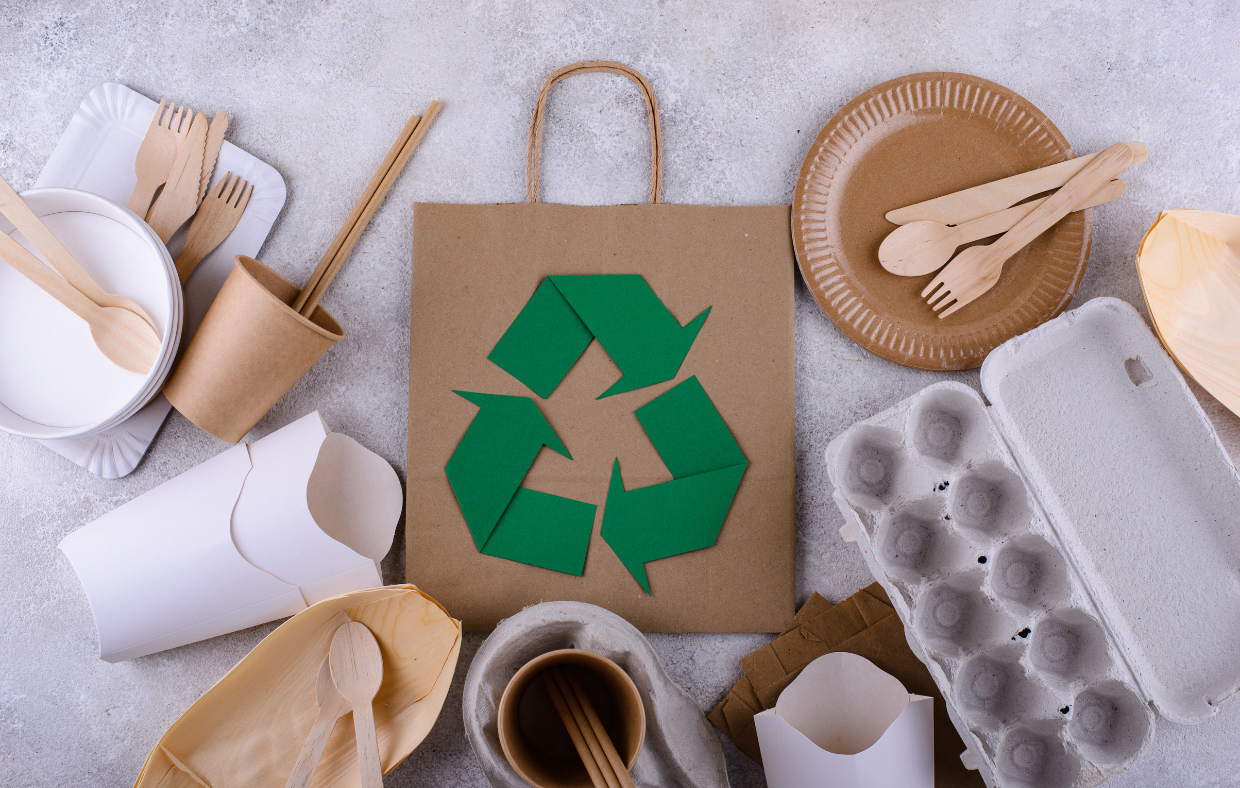
As the heart of the home, the kitchen is a place where we gather to prepare meals, share stories, and create lasting memories. It’s also a space where we can make a significant impact on our environmental footprint. By adopting sustainable kitchen practices, we can reduce waste, conserve resources, and contribute to a healthier planet. In this guide, we’ll explore various ways to make your kitchen more eco-friendly and embrace sustainability in your everyday cooking.
1. Minimize Food Waste
Food waste is a major environmental issue, with millions of tons of food ending up in landfills each year. To minimize food waste in your kitchen, consider the following tips:
- Plan Your Meals: Create a weekly meal plan and shopping list to buy only what you need. This helps prevent overbuying and reduces the likelihood of food spoiling before it can be used.
- Store Food Properly: Use airtight containers, beeswax wraps, and produce bags to keep food fresh for longer. Label leftovers with the date to ensure they are consumed in a timely manner.
- Compost Scraps: Composting kitchen scraps, such as fruit and vegetable peels, coffee grounds, and eggshells, turns organic waste into nutrient-rich soil for your garden.
- Get Creative with Leftovers: Repurpose leftovers into new meals, such as soups, stir-fries, or casseroles. This reduces waste and adds variety to your menu.
2. Choose Sustainable Ingredients
Opting for sustainable ingredients not only benefits the environment but also supports ethical and responsible farming practices. Here are some ways to make more sustainable food choices:
- Buy Local and Seasonal: Purchasing locally grown, seasonal produce reduces the carbon footprint associated with transportation and supports local farmers.
- Choose Organic: Organic foods are grown without synthetic pesticides and fertilizers, which are harmful to the environment and human health.
- Opt for Plant-Based: Incorporate more plant-based meals into your diet. Plant-based foods have a lower environmental impact compared to meat and dairy products.
- Support Fair Trade: Look for fair trade-certified products, such as coffee, tea, and chocolate, which ensure fair wages and ethical working conditions for farmers.
3. Reduce Single-Use Plastics
Single-use plastics contribute to pollution and take hundreds of years to decompose. To reduce plastic waste in your kitchen, consider these alternatives:
- Reusable Bags: Use reusable cloth bags for grocery shopping and produce instead of plastic bags.
- Glass Containers: Store food in glass containers instead of plastic ones. Glass is durable, non-toxic, and recyclable.
- Beeswax Wraps: Replace plastic wrap with beeswax wraps for covering bowls and wrapping food items.
- Stainless Steel Straws: Use stainless steel or bamboo straws instead of disposable plastic straws.
4. Energy-Efficient Appliances
Energy-efficient appliances can significantly reduce your kitchen’s energy consumption and lower your utility bills. When purchasing new appliances, look for the ENERGY STAR label, which indicates that the product meets energy efficiency guidelines. Additionally, consider the following tips:
- Use a Microwave or Toaster Oven: For smaller meals, use a microwave or toaster oven instead of a full-sized oven to save energy.
- Optimize Refrigerator Settings: Set your refrigerator and freezer to the recommended temperatures (around 37°F for the fridge and 0°F for the freezer) to ensure they operate efficiently.
- Cook with Lids: Cover pots and pans with lids while cooking to reduce cooking time and save energy.
- Utilize Natural Light: Make the most of natural daylight in your kitchen to reduce the need for artificial lighting.
5. Conserve Water
Water is a precious resource, and conserving it in the kitchen is essential for sustainability. Here are some water-saving tips:
- Fix Leaks: Repair any leaks in faucets or pipes promptly to prevent water wastage.
- Use a Dishwasher: Running a full dishwasher is more water-efficient than handwashing dishes. Scrape off food scraps instead of rinsing dishes before loading them.
- Install a Low-Flow Faucet: A low-flow faucet aerator can reduce water usage without compromising water pressure.
- Collect and Reuse Water: Collect water used for rinsing fruits and vegetables and reuse it to water plants.
6. Sustainable Kitchen Tools and Utensils
Choosing eco-friendly kitchen tools and utensils can further enhance your sustainable kitchen. Look for products made from sustainable materials, such as bamboo, stainless steel, and recycled plastic. Some ideas include:
- Bamboo Cutting Boards: Bamboo is a fast-growing, renewable resource that makes an excellent alternative to traditional wood cutting boards.
- Reusable Silicone Bags: Replace single-use plastic bags with reusable silicone bags for food storage.
- Compostable Sponges: Use sponges made from natural materials, such as cellulose or loofah, which are biodegradable and compostable.
- Stainless Steel Utensils: Invest in high-quality stainless steel utensils that are durable and long-lasting.
In conclusion, adopting sustainable practices in the kitchen is a rewarding and impactful way to contribute to a healthier planet. By minimizing food waste, choosing sustainable ingredients, reducing single-use plastics, using energy-efficient appliances, conserving water, and selecting eco-friendly kitchen tools, you can create a more sustainable kitchen environment. Embrace these practices and inspire others to join you on the journey towards a greener, more eco-conscious lifestyle.
